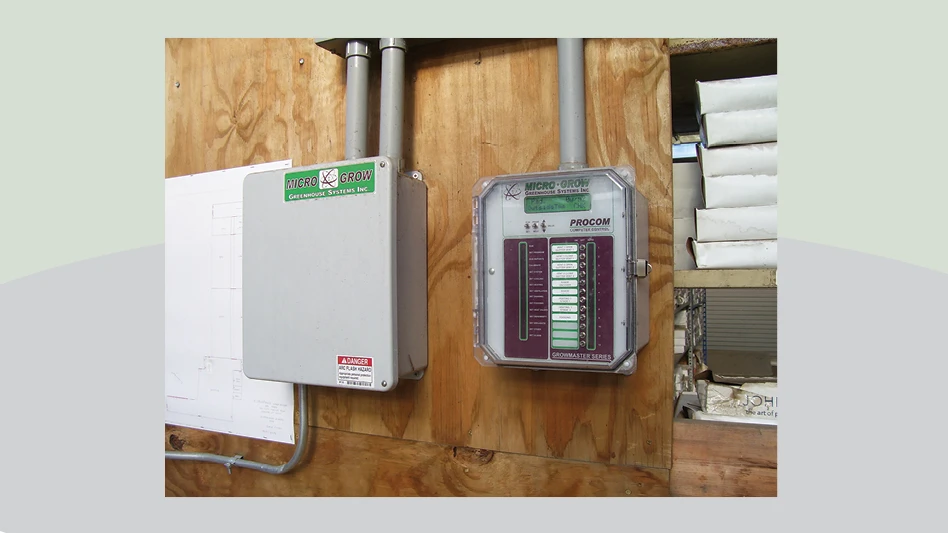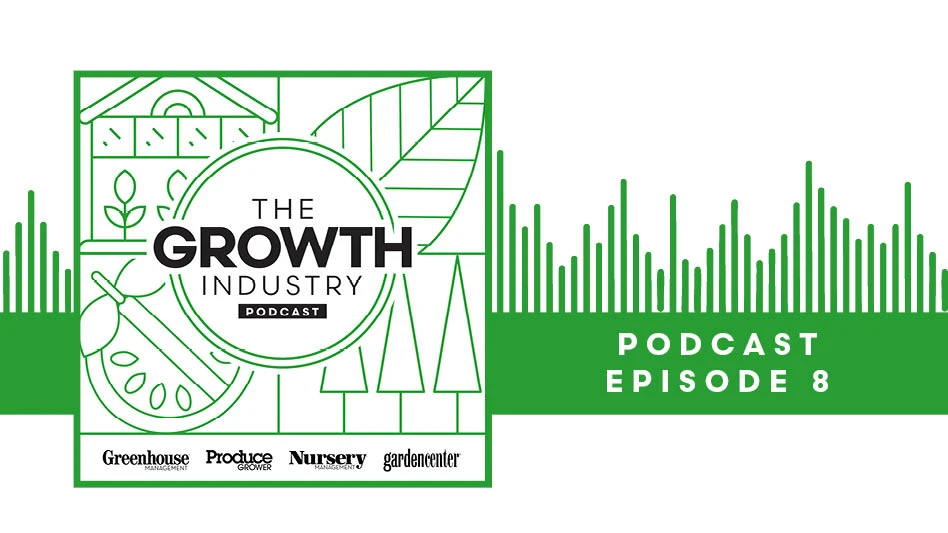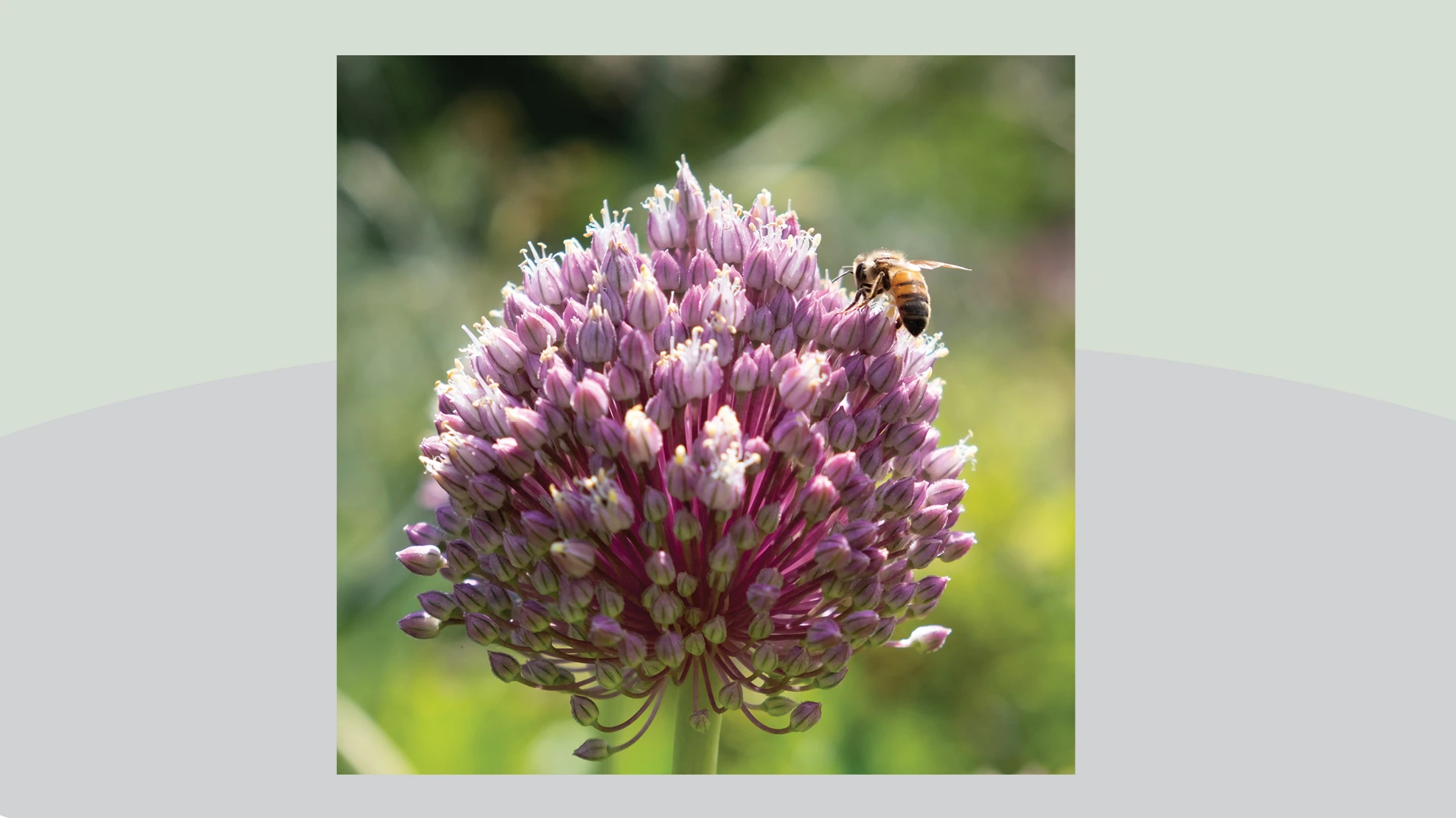
"How does a grower know when to acquire or change their software or data system?"
I hear that question regularly as growers navigate the maze of complexity required to successfully operate a nursery or greenhouse operation.
That question was asked of me again a few weeks ago by a sales representative of a large broker in our industry who had some clients that were struggling with this very issue.
If you are struggling with systems or wondering if you need to consider a system upgrade or change, here are seven key questions to ask and answer about your operation, which can help guide that decision.
1. How do you manage your production plan and schedule data?
A production plan helps growers identify when they need space, when they need to order certain raw materials and how they may need to manage their work force and labor usage. The plan sets the stage for many crucial aspects of a growing season.
Growers who rely on the mental capacity of an employee or founder to track things are setting themselves up for failure when that person is out, incapacitated or gone.
Some growers use homegrown Excel spreadsheets and formulas for their plans. These tools can be effective. However, using Excel spreadsheets does present risks for exclusively running your key business operations.
As your production gets more complex, with self-propagation, multiple bump-ups or mixing production with buy-in production, it becomes increasingly difficult to manage changes without systems support.
A good production system can link key raw materials to produced items, allowing a more efficient flow for weekly production execution. While this can be done in Excel, it does take advanced skill to manage the data dependencies.
If you find yourself managing increasingly large and intricate spreadsheet labyrinths, or your current system is outdated or lacking key grower-specific functionality, it may be time to investigate a change.
2. How do you record and track purchase orders for your suppliers?
Even smaller growers manage a lot of raw material purchases and typically from multiple suppliers.
Knowing what you ordered, when it is scheduled to arrive and pricing are all crucial to managing costs and executing production plans for future product needs.
Not knowing your raw material order situation or not tracking orders can impact your preparation for production and result in paying higher costs for “off-availability,” last-minute purchases.
If you know what was promised by your supplier, you can then better negotiate last-minute changes in price or terms that were not previously agreed to.
Growers that don’t track and manage their raw material orders put themselves at a disadvantage. If your operation is having trouble tracking the purchase order and purchase order receipts into inventory, it’s time to look at other software solutions.
3. How do you manage your inventory?
Inventory, as my old business professor said, is “frozen cash.” Management of inventory is paramount to unfreezing that cash in the future. It is the asset of your business.
If a grower is always guessing what they have or will need — or have no flexible type of recordkeeping — that is a symptom of needing a good grower software system.
Knowing what you have, when it is scheduled to be ready, which customer it’s allocated to and the costs and prices associated with it are just a few basic elements that a good inventory management system can help manage.
If your operation is regularly over-selling an item or is spending a lot of time re-counting, that’s a sign to explore how a good grower software system can help alleviate those issues.
4. How do you build and publish inventory availability?
A classic symptom of software need regarding inventory management is the difficulty in producing your availability or telling customers what you have available to sell.
If you are constantly having to manually re-count stock and then manually build a document or spreadsheet (or multiple versions) that you manually send to one or a set of customers, you are not being efficient in your time management.
If you or your staff are consistently creating availability artifacts manually, it’s an opportunity to review how software can help with this extremely important process.
Good grower software systems can help automate many aspects of calculating and publishing availability, giving customers a more accurate and responsive picture of what your operation has available to sell. And this can help a grower convert the inventory they do have into revenue.
5. How do you take and manage sales orders, inventory allocations and pull/pick orders?
Another problem that creates uncomfortable conversations with customers is over-selling by not knowing the right amounts or pricing of your items.
Taking sales orders, allocating inventory products to them, picking the right product for the orders and getting orders shipped require coordination, communication, good recordkeeping and institutional memory.
In addition, many staff hours can be wasted with ineffective pull or dig plans. This raises your internal cost of goods sold.
Growers without systems to help standardize the processes and data needed risk more mistakes in sales order accuracy, pricing and picking/logistics.Software systems help organize, standardize, validate and execute this crucial part of the business.
6. How do you handle inventory pricing and costing?
Even growers with small numbers of items must closely manage costs and prices to ensure profitability.
Pricing and costing come with large record counts of data.
Not having a system to accurately store, recall, manage, integrate and utilize these important data values puts your staff at a disadvantage and risks profitability loss.
If you are not systematically managing pricing and costing data, you are leaving money on the table.
7. How do you handle tags and tag printing?
Many growers tag their products for their own benefit or on behalf of some customers as a value-added service.
Growers who tag for subsequent retail sales must manage a lot of data on behalf of the specific customer. Taking on a new program with a retailer can necessitate getting a software system to help manage and execute the tag printing and tag data needed.
I know growers who turn away new business opportunities because they don’t have an effective tag data system.
Managing tags and the associated data for them, as well as getting them printed, requires a lot of data and automation, and begs the need for a good software system. Without a system to help, tagging becomes an impossible task. With it, it becomes a new opportunity to increase business.
Bottom line for growers
Using these questions can help you document your pain points and can aid in any conversations you have with software vendors.
These questions are a way to self-assess where your business is with respect to system needs. If you don’t know the answers to these questions, have your staff help answer them to get a more holistic view of the situation.
Then, with this information in hand, start reaching out to software suppliers in our industry. The answers to these questions will help guide your search and assess candidate systems.
Growers are fortunate to have good choices when it comes to software in our industry.

Explore the April 2024 Issue
Check out more from this issue and find your next story to read.
Latest from Greenhouse Management
- Anthura acquires Bromelia assets from Corn. Bak in Netherlands
- Top 10 stories for National Poinsettia Day
- Langendoen Mechanical hosts open house to showcase new greenhouse build
- Conor Foy joins EHR's national sales team
- Pantone announces its 2026 Color of the Year
- Syngenta granted federal registration for Trefinti nematicide/fungicide in ornamental market
- A legacy of influence
- HILA 2025 video highlights: John Gaydos of Proven Winners





